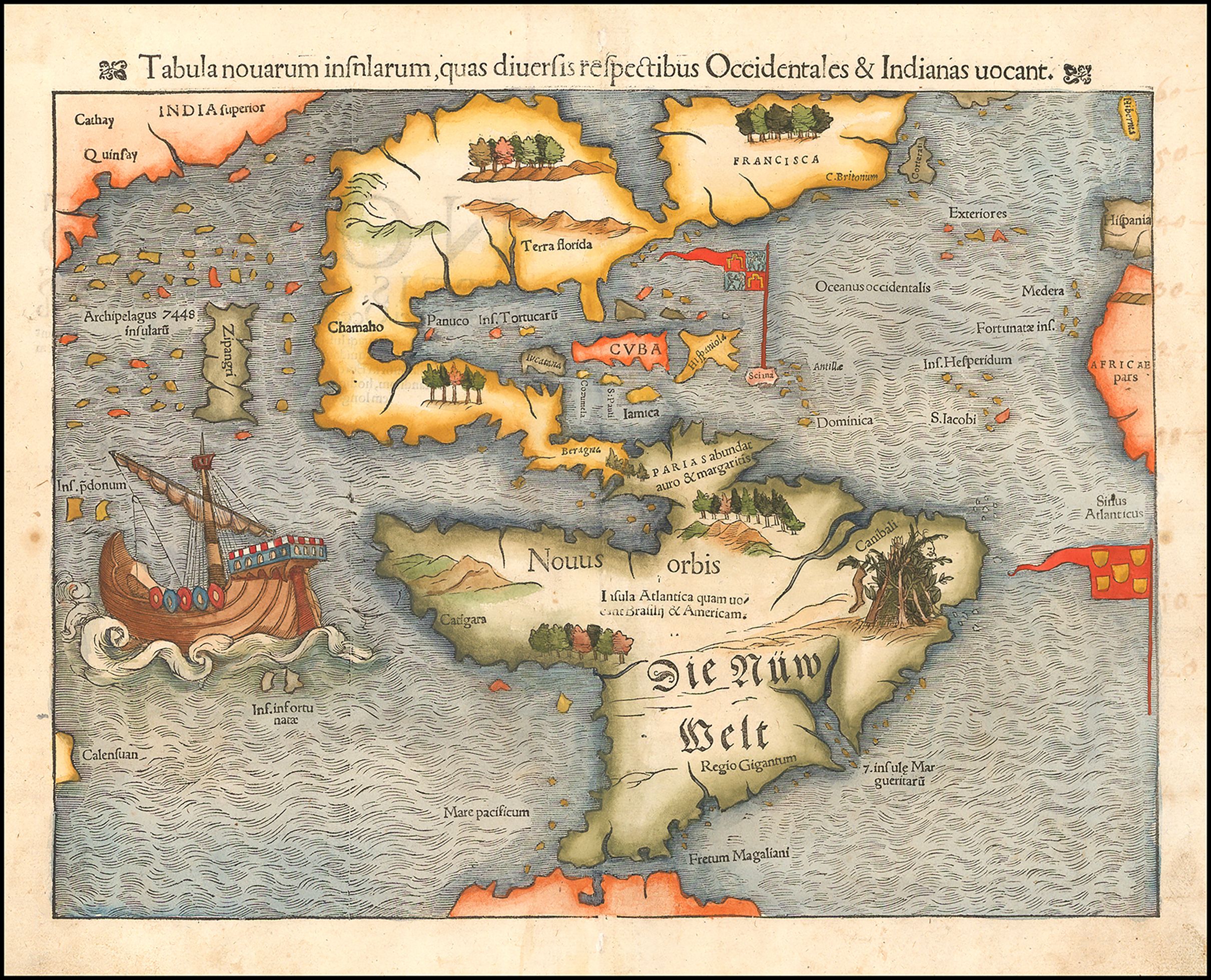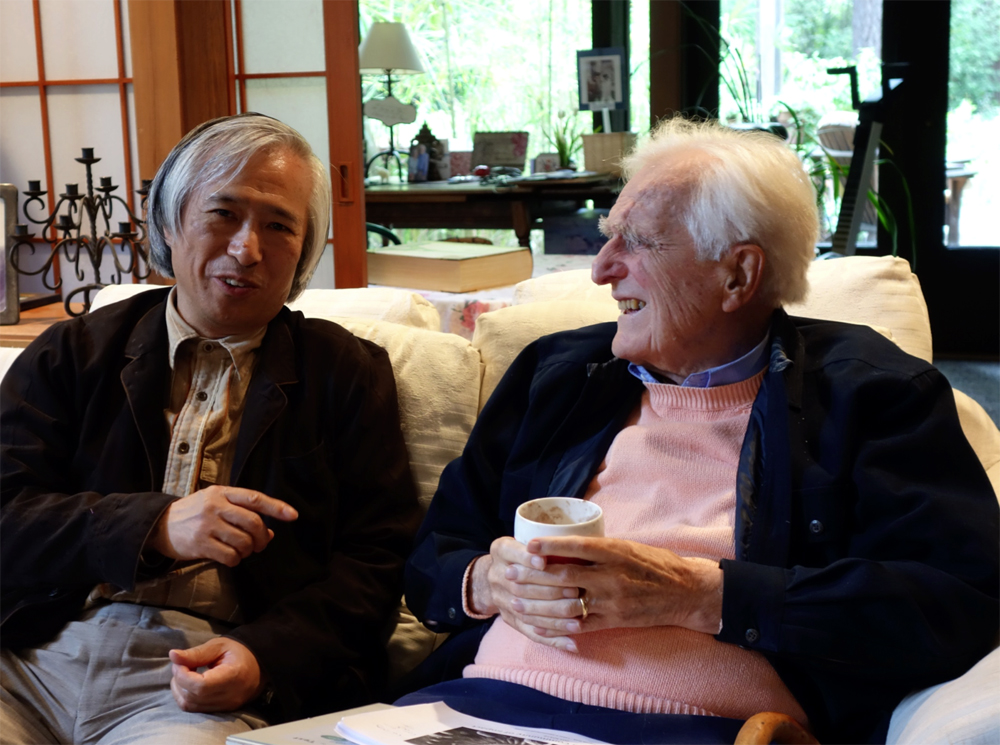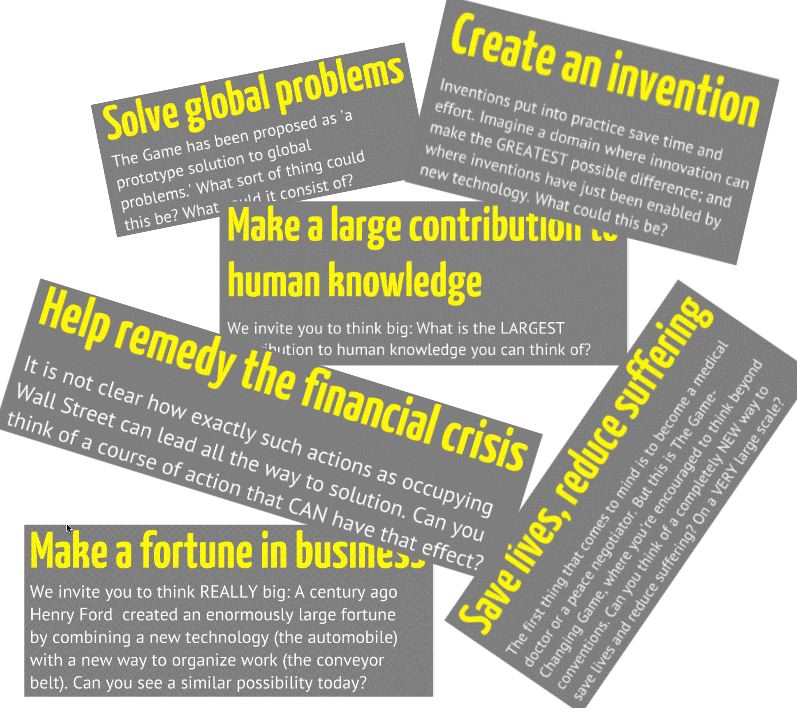APPLICATIONS
Contents
- 1 Federation through Applications
- 1.1 A roadmap of a creative frontier
- 1.2 Prototypes
- 1.3 Knowledge media
- 1.4 Science
- 1.5 Education
- 1.6 Boundary objects
- 1.7 Journalism (public informing)n
- 1.8 Health and healthcare
- 1.9 World problematique
- 1.10 Community gestalt change
- 1.11 Books and publishing
- 1.12 Methodology
- 1.13 Concept definitions
Federation through Applications
A roadmap of a creative frontier

Think again about the development of science – as the development of research labs, experiments, theories... Think now about a similar development today – but of an approach to knowledge that can provide us the necessary (evolutionary) guidance, to manage the complex world and evolve further. What would this new frontier consist of? What might we need to do to put such an approach to knowledge into actual practice? What methods, what practices might it require? What follows is a prototype answer.
Another metaphor might be useful: Imagine that we are in 1848 in California, and that we've discovered that there's gold to be mined. But we are here and now, and the 'gold' to be mined is something that can benefit the humanity in an unordinarily large way. And so instead of digging a hole in the ground and beginning to excavate gold, we created a (prototype) railroad, and a school and a hospital... so that lots of people can join us for contribution and benefit.
While waiting for our domain map to be completed (it is currently a theme of a research project) we list our prototypes linearly, beginning from the more technical or "hard", and ending with the most conceptual or "soft". (A domain map is one of the key tools of knowledge federation, a variant of Engelbart's DKR (or "dynamic knowledge repository"). The idea is that a community in charge of a domain should display its domain using a system of maps, that (similarly as the geographical maps) reflect distinct purposes, levels of detail etc.
Prototypes
How can we give knowledge real-life impact? How can we change real-life systems? How can we create institutions that are capable of evolving to reflect the present state of our knowledge, and our needs?
We create prototypes – real-life systems embedded in reality, acting upon reality and aiming to change it. The prototypes serve as
- models – because they embody design ideas and solutions in a manner that makes them applicable and adaptable to other situations
- experiments – because being embedded in reality they allow us to see what works and what doesn't
- interventions – strategically deployed to transform systems, and to point to a new direction
By putting a prototype in charge of a transdisciplinary community, to update it continuously, the prototypes are at the same time conceived as a core tool of knowledge federation.
Knowledge media
By "knowledge media" we mean tools and processes that enable knowledge federation. Knowledge Federation originated as a community of knowledge media researchers and developers, as a place where we can exchange ideas and develop a body of knowledge, analogous to physics and chemistry. And where we may also team up with other people and communities, for real-world knowledge-work system development and impact.
This line of our work perhaps most directly continues the line of work that Doug Engelbart initiated.
The following are some examples of knowledge media systems developed by the members of our community.
Meme Media and Webbles
.
How to best manifest the Web's potential to vastly enhance the evolution of knowledge, by combining the already existing pieces (or memes)? The Meme Media and the Webbles are envisioned as a prototype answer, including both a methodology and a toolkit. Both have been developed at the Knowledge Media Laboratory of the University of Hokkaido, Japan, under the leadership of Professor Yuzuru Tanaka. Tanaka was the first to use the term "knowledge federation" in the way in which we are using it.
See
- Webble World Portal
- M. Kuwahara and Y. Tanaka: Webbles: Programmable and Customizable Meme Media Objects in a Knowledge Federation Framework Environment on the Web Proceedings of the Second International Workshop on Knowledge Federation, CEUR-WS, Vol. 822, Dubrovnik, 2010.
Debategraph
How to enable a global community of interest to organize together the documents and points of view relevant to their domain – and reach insights and conclusions? Debategraph is a premier system for online knowledge federation, with 25000 maps covering a broad variety of issues, created by CNN, the White House, the UK Prime Minister's Office, The Independent, and the Foreign Office among others. Co-founded by Peter Baldwin and David Price, who have been collaborating on DebateGraph's development on opposites sides of the world for over a decade, Debategraph is evolving continuously towards the fulfilment of its long term vision "for a new medium of public deliberation, communication and conflict resolution".
See
Knowledge Gardening and TopicQuests
Engelbart's core idea (what he called CoDIAK and what we are calling the collective mind) is that when people are able to directly interact with the computers, and when the computers are linked into a network, then the people around the globe can think and work together in entirely new ways, well beyond even what sitting in the same room could make possible (he developed the familiar technology to enable that development). Developed by Jack Park and his team, and building on Doug's idea of the DKR, the Knowledge Gardening and TopicQuests are again a combination of a suitable methodology and enabling set of technologies. In 2007 Jack Park initiated the development of the Knowledge Federation community.
See
- Jack Park: Knowledge Gardening as Knowledge Federation. Proceedings of the Second International Workshop on Knowledge Federation, CEUR-WS, Vol. 552, Dubrovnik, 2008.
- A technical overview of TopicQuests
Induct
Henry Chesbrough of UC Berkeley observed that innovation can be made incomparably more effective and efficient if it can become "open". Norwegian entrepreneur Alf Martin Johansen undertook to make this opportunity real. The stated goal of Induct Software (the global business that he initiated) is to "interconnect the global innovation ecosystem".
See
- Induct website (make sure to watch the two-minute video)
- See this brief Youtube video where Henry Chesbrough tells the story of Induct's beginning. (Chesbrough is now the leader of Induct's Advisory Board.)
Liquid and Author
A systematic application of Engelbart's ideas to text authoring (...) Developed by Norwegian-British designer Frode Hegland. See
- Liquid website
- The website of The Future of Text The Future of Text symposium; the symposium is organized yearly by Hegland.
CollaboFramework
Imagine people sitting around a table. Their task is to co-create a system, their own system, in an entirely new way. They want to be creative in a new way. Imagine a collection of Lego blocks? What are the pieces? CollaboScience is a research prototype of this most timely knowledge media technology. Developed by Sasha and Siniša Rudan.
See
- CollaboFramework description. This description was created for a specific application – a workshop where the participants of the first Digital Humanities in the North conference were invited to re-create their own collaboration or system, according to the collective mind paradigm.
- This blog post report of the Digital Humanities in the North event.
Science
The traditional science has a record of successes in its traditional pursuits. Our prototypes below will show that substantial improvements are possible in all the rest – and above all in the federation (interpretation, aggregation, interconnection...) of the results in science, and their use to inform people's understanding of core issues.
Knowledge Federation
The core function of this prototype is to add to the academic repertoire a core capability – to evolve its own systems. Knowledge Federation defines itself as the transdiscipline for knowledge federation – which means, among other things, that Knowledge Federation develops the transdiscipline model by developing itself.
See
- This website will illustrate Knowledge Federation as a transdiscipline.
- Knowledge Federation is at the same time a collection and a portfolio of human and other resources, see Resources for Completing Engelbart's Unfinished Revolution.
Tesla and the Nature of Creativity 2015
Imagine that a scientist developed a result of very high general interest, and of high potential impact in several fields of science – and wrote an article about it in the technical language of quantum physics. This situation presented itself in reality, and we took advantage of it to develop a complete federation prototype for this type of applications. The prototype has three phases: (1) through collaboration with our communication design team, the article is turned into a multimedia object where the high-level module presents the result in an accessible language of metaphorical diagrams, equipped with recorded interviews with the author to explain the details, and links into the article and the technical details; (2) the second phase placed this result into public awareness, through a high-profile public event and the use of an orchestra of new media; (3) the main ideas are placed online into a Debategraph map, linked with other related ideas, and made available for further elaboration.
By adding "Part One" to the title of the long blog post that explains this project as a technical knowledge federation prototype (see the link below) we created a private joke, which requires explanation. What might the other two parts be (we will probably never write them as blog posts)? They both have to do with the emerging larger paradigm. One of them is about the foundations for truth and meaning. If you recall Heisenberg from Federation through Images, then you are aware of the challenge – our foundation is too narrow... It turns out that there are two ways to broaden it. One of them is what's been pursued here – to create a methodology and social processes etc. The other one is to include the findings of quantum physics into the modeling repertoire of conventional science. This project combines both of them – and in an academically interesting way (...). And now the the other, third part. It's about creativity. Imagine if – because of the mentioned "narrow foundation", we completely misunderstood the nature of creativity. And if we created a research culture, and education, accordingly (...).
See
- The blog post with detailed description of this project – make sure to download the pdf (the recordings will not work in the browser) and experiment with it
- This brief video excerpt from a talk, introducing this prototype (in the context of Engelbart's unfinished revolution) to the Metaversity educational project in Moscow and St Petersburg</p>
- Leadership and Systemic Innovation SIG description on the ISSS website
- Bullet item
- Bullet item
</ul>
The Paradigm Strategy poster
<p>How can we connect scientific findings from a variety of fields (in the particular case mostly in the humanities) – and bring them to bear upon our understanding of our condition; and to show the origins and the way to the paradigm that wants to emerge? We'll discuss this poster in more detail in Federation through Conversation, where it will be introduced as a conversation starter. So for now we'll just show it to you and let you explore it for a moment on your own.See
Leadership and Systemic Innovation SIG
We are here talking about a core challenge – establishing systemic innovation academically and in real life, in such a way that it is rooted in the most valuable heritage of the systems sciences. Please notice why Knowledge Federation could not call itself "the transdiscipline for systemic innovation" – the best use of our expertise and professional ethos is to federate the knowledge of the systems scientists properly... But we should not, and did not, ignore it... And so Alexander (Laszlo, as the ISSS board member) asked the board to authorize this collaboration between our two communities (the purpose of which would be to evolve their own system). They answered "we are not interested", but "you have your SIG, and you can do in it whatever you want". And so this SIG is now an embryo of a most prospective academic enterprise (...).
This SIG, which evolved over the years under the leadership of Alexander Laszlo, is conceived as a systems lab where new systemic solutions are developed with and for the systems community (International Society for the Systems Sciences).
See
The Lighthouse
Text
See
Polyscopy
Text
See
Education
Text
Boundary objects
Journalism (public informing)n
Text
Health and healthcare
Text
World problematique
The world problematique is a term coined by The Club of Rome at their first meeting in 1968, to point to their subject of focus – which is the world condition, which includes all the problems together. The point is that they are all related. We turn this strategy into the development of solutionatique – by practicing systemic change!
The Game-Changing Game

Text
See
- Bullet item
The Club of Zagreb
Text
See
- Bullet item
Community gestalt change
Text
The Paradigm Strategy poster and dialog
Text
See
- Bullet item
The Key Point Dialog
Text
See
- Bullet item
Books and publishing
The book is, we believe, here to stay. It's a great physical thing to put into a backpack and have on a mountain hike, for example. Books invite reflection. We anticipate, however, that the book will no longer be the container of information. So what will be its role – in an overall knowledge ecosystem? And most interesting for us – in what might be the role of the book as medium synergize with other media to facilitate the larger, societal paradigm shift?
Liberation
</div>
Methodology
Text
Concept definitions
This may seem like a small matter - but...
